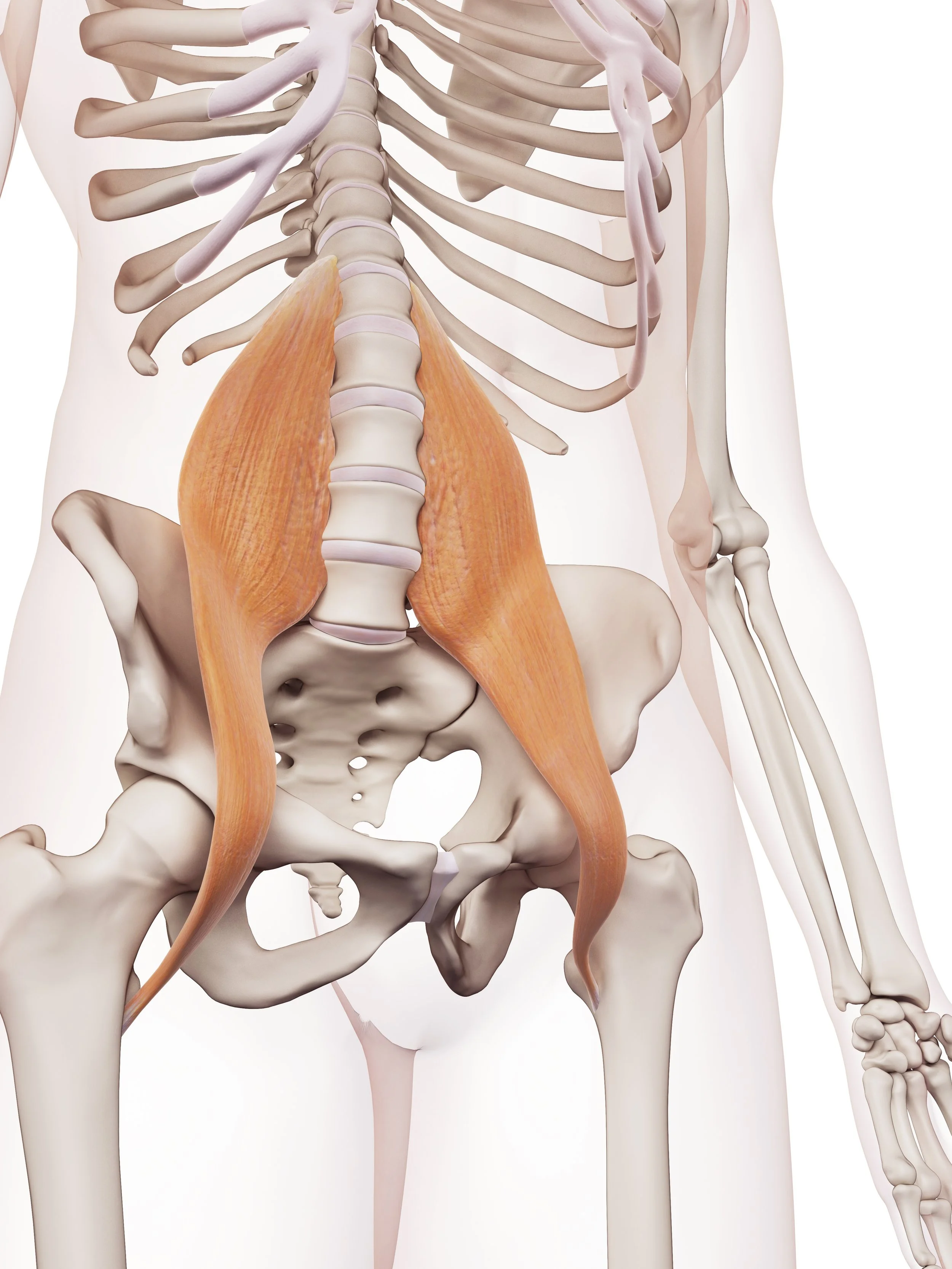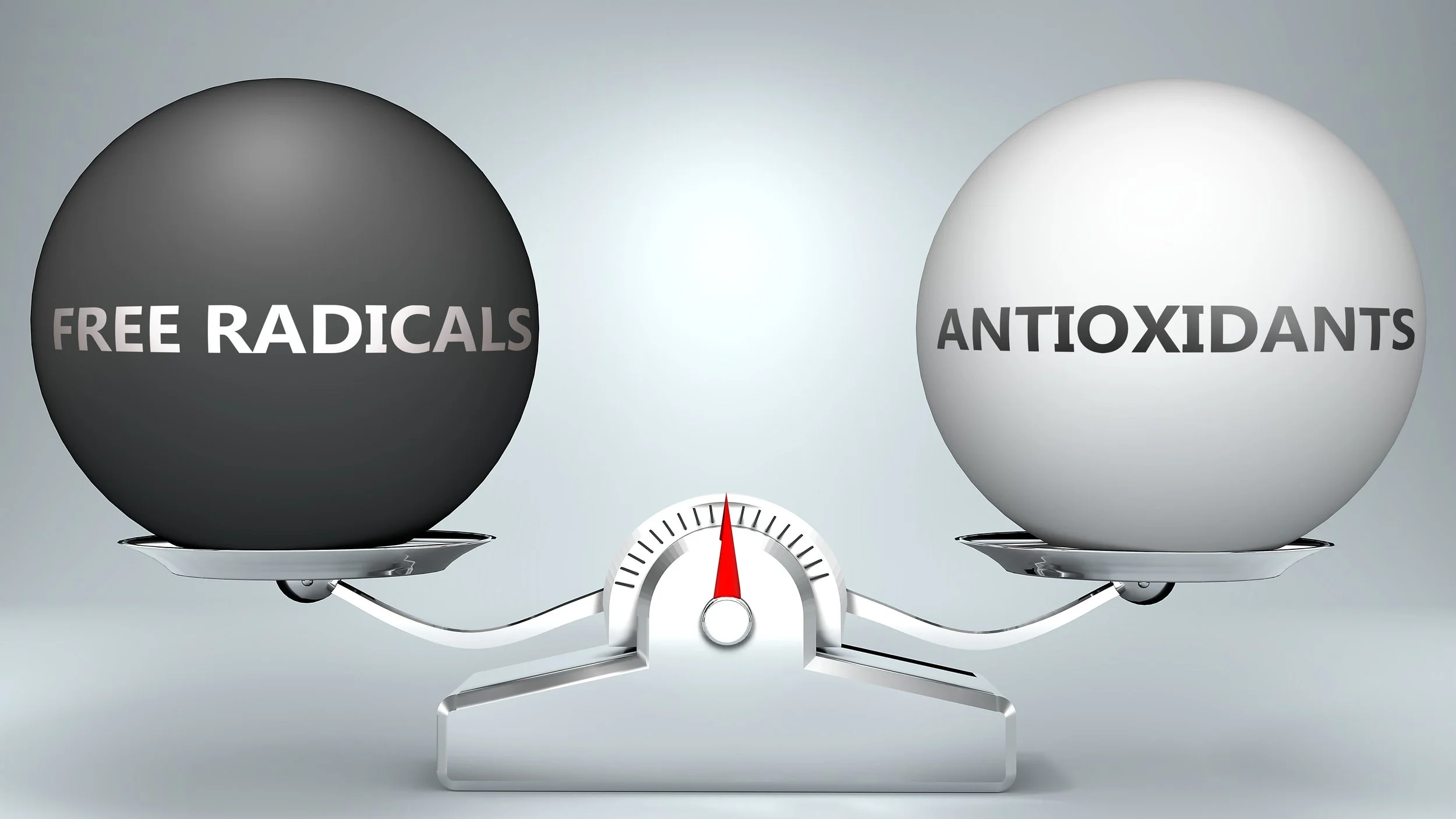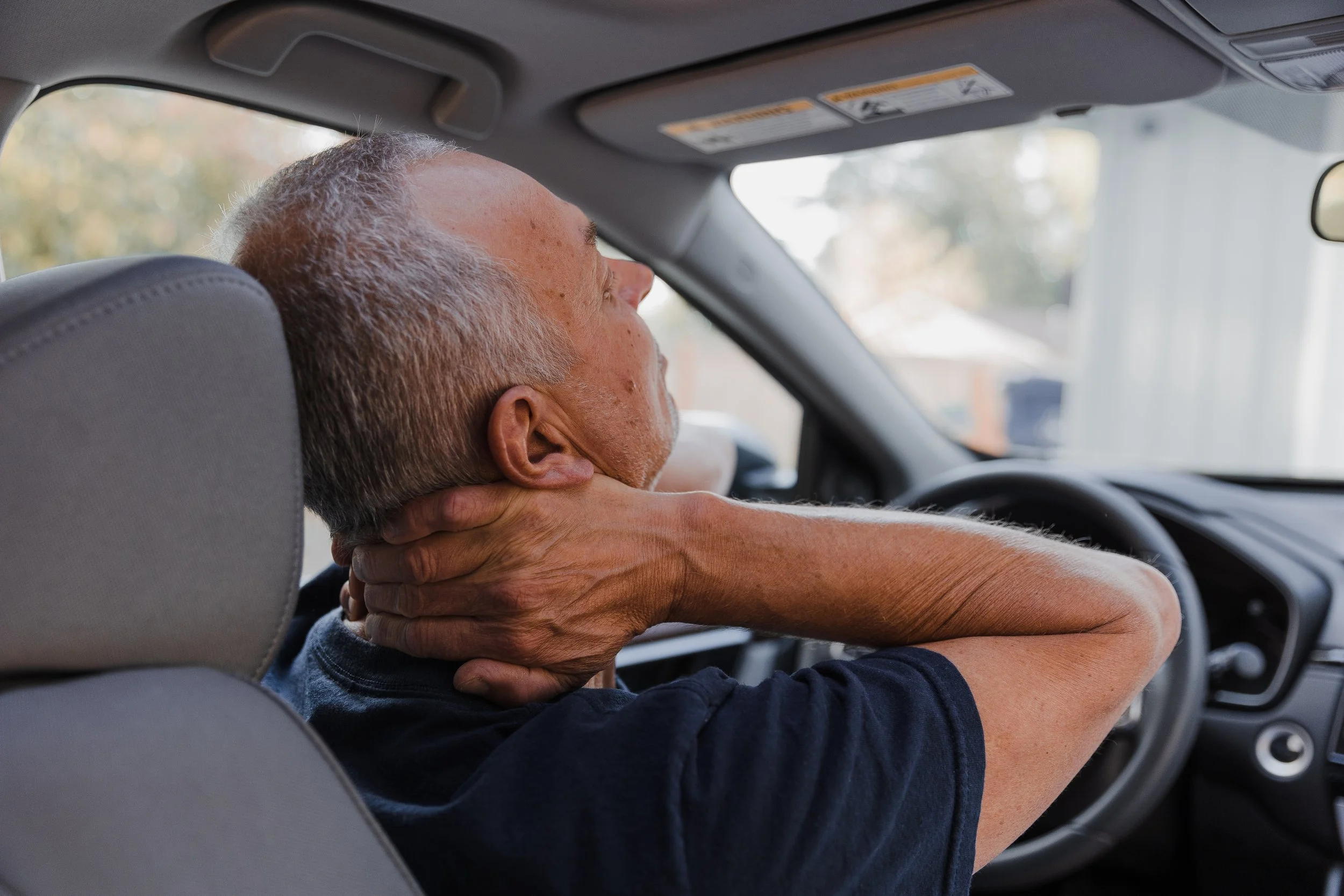Just about everyone has experienced an injury that involved significant swelling. In most cases the swelling will resolve on its own. Some cases, however, will not recede and become chronic. There are several reasons why this can happen. We are going to dig into the three most common causes, in addition to what acute swelling treatment involves. If you have not yet read Common Questions About Lymphedema, I would recommend it as a pre-read to this blog.
Traumatic edema is the result of a blunt trauma, surgery, infection, broken bones, torn muscles, sprains, strains, etc. It is characterized by pain, heat, redness, and swelling. When an injury occurs, the blood vessels in the surrounding area dilate to increase available nutrients and oxygen to the damaged tissue. This causes an increase of local fluid in and around the injury, also known as swelling. Various types of white blood cells leave the blood capillaries to go into the injured tissues. These damage control cells then devour the injured tissues and cells, starting the tissue repair cycle.
In normal cases, after the damage control cells have cleaned up the tissues, swelling should slowly start to recede. There is a range in the duration of swelling reduction, based on how severe the injury originally was. Some injuries, however, continue to remain swollen, even though the pain associated with the original injury has subsided. Of the causes of chronic swelling, three are the most common.
Cause number one: the damage control cells in charge of clearing away injured tissue can accidentally damage surrounding healthy tissue. If they do not stop ‘eating’ the good tissues, the inflammatory reaction can spread to the surrounding structures including local lymphatics. For people that like to know the names, this is called lymphangitis. Damage to the local lymphatics can result in permanent disfunction, usually in the area of the original injury. In some cased the area below the lymphatic damage may swell since the area above it is unable to drain lymph properly.
Cause number two: Occasionally, an injury is severe enough that the lymphatic vessels were permanently damaged in the event. This is more common when large essential vessels are impacted. In most cases of traumatic swelling, the damage to the lymphatic vessels is slight enough that they are capable of regenerating and reconnecting.
Cause number three: Some people are born with an underlying malformation in their lymphatics. Often the person is unaware of this until an incident occurs that puts more strain on the lymphatic system, whether it is an illness, surgery, physical trauma, etc. Swelling will start to accumulate and will often involve a whole limb. Sometimes more than one limb is involved if the malformation is present elsewhere. This is called primary lymphedema.
The best treatment for acute swelling is the application of Manual Lymph Drainage (MLD). Compression Therapy may also be indicated depending on the injury. MLD is a hands-on technique that stimulates the lymphatic system to absorb edema more quickly. A 1989 study(1) showed that MLD promotes lymphatic vessel regeneration. It can be applied immediately after a traumatic event. Prompt treatment for post-traumatic swelling is important to lower the risk of chronic long-term swelling.(2)
(1) Hutzschenreuther P, Bruenmmer H, Silberschneider K. Die Vagotone Wirkung der Manuellen Lymphdrainage nach Dr. Vodder, LympmhForsch. 2003 7(1):7-14
(2) Systematic Review of Efficacy for Manual Lymphatic Drainage Techniques in Sports Medicine and Rehabilitation: An Evidence-Based Practice Approach
Giampietro L Vairo, MS, ATC, ACI,a,∗ Sayers John Miller, PhD, PT, ATC,b Nicole M McBrier, PhD, ATC,c and William E Buckley, PhD, MBA, ATCd
Images used courtesy of Wikimedia Commons





